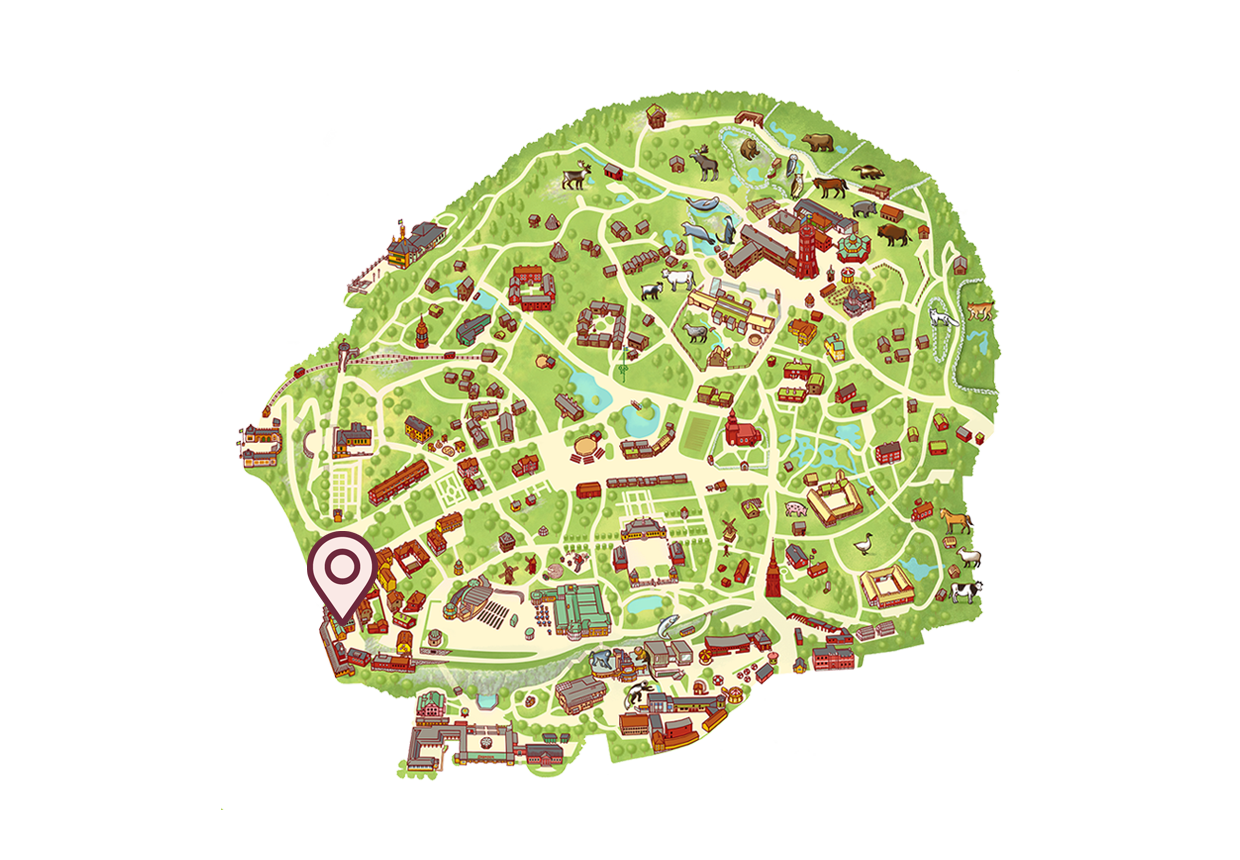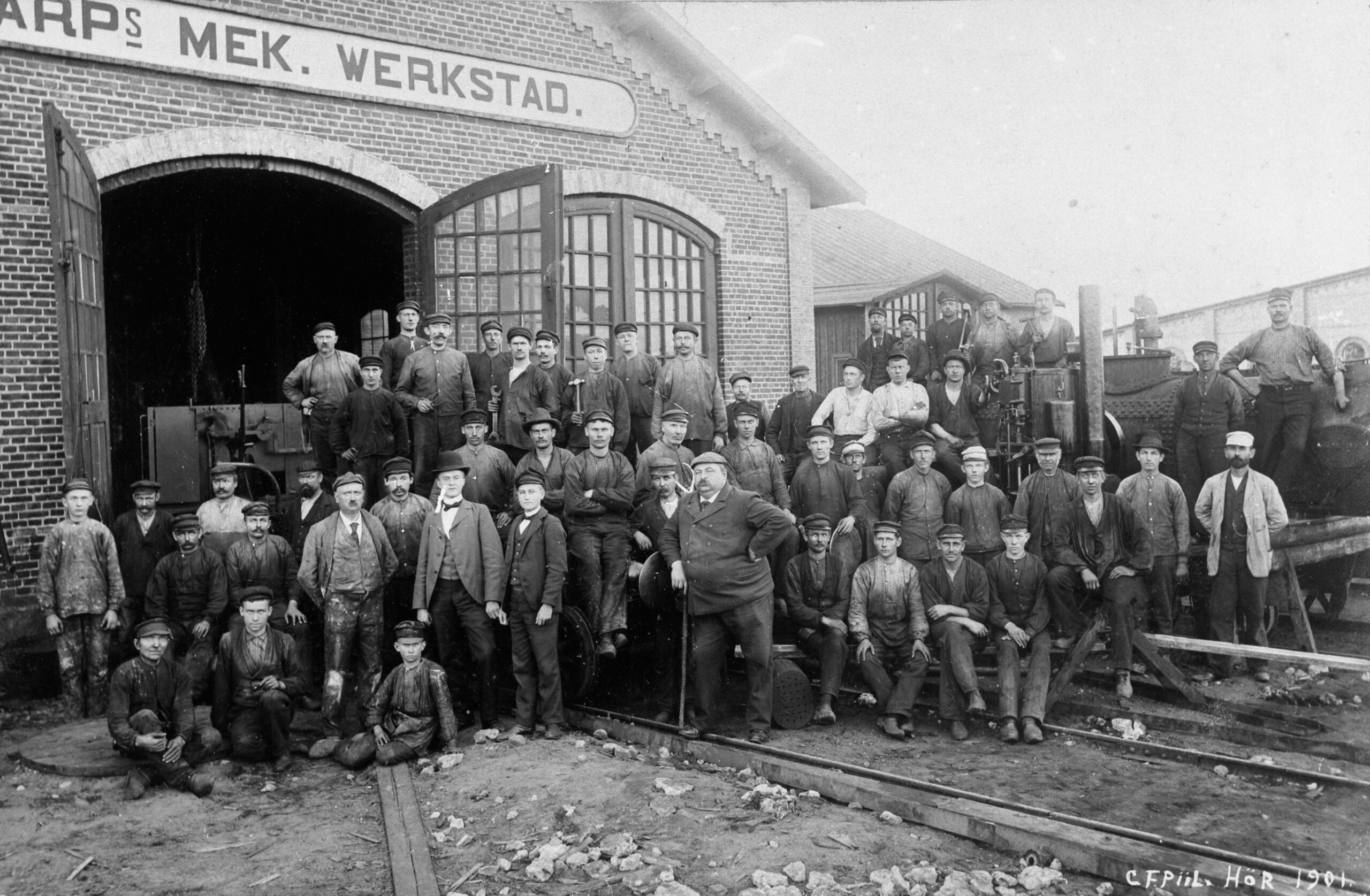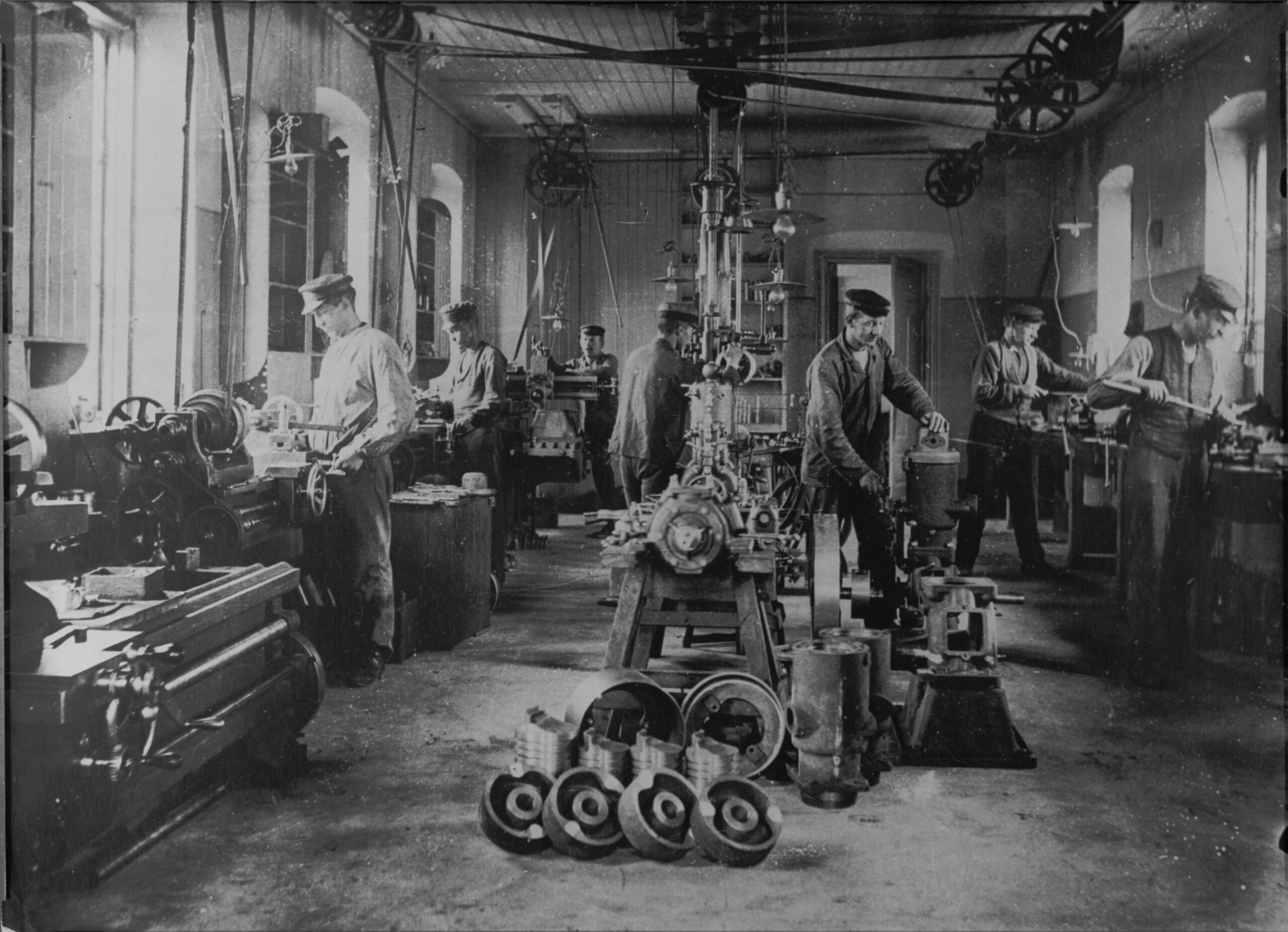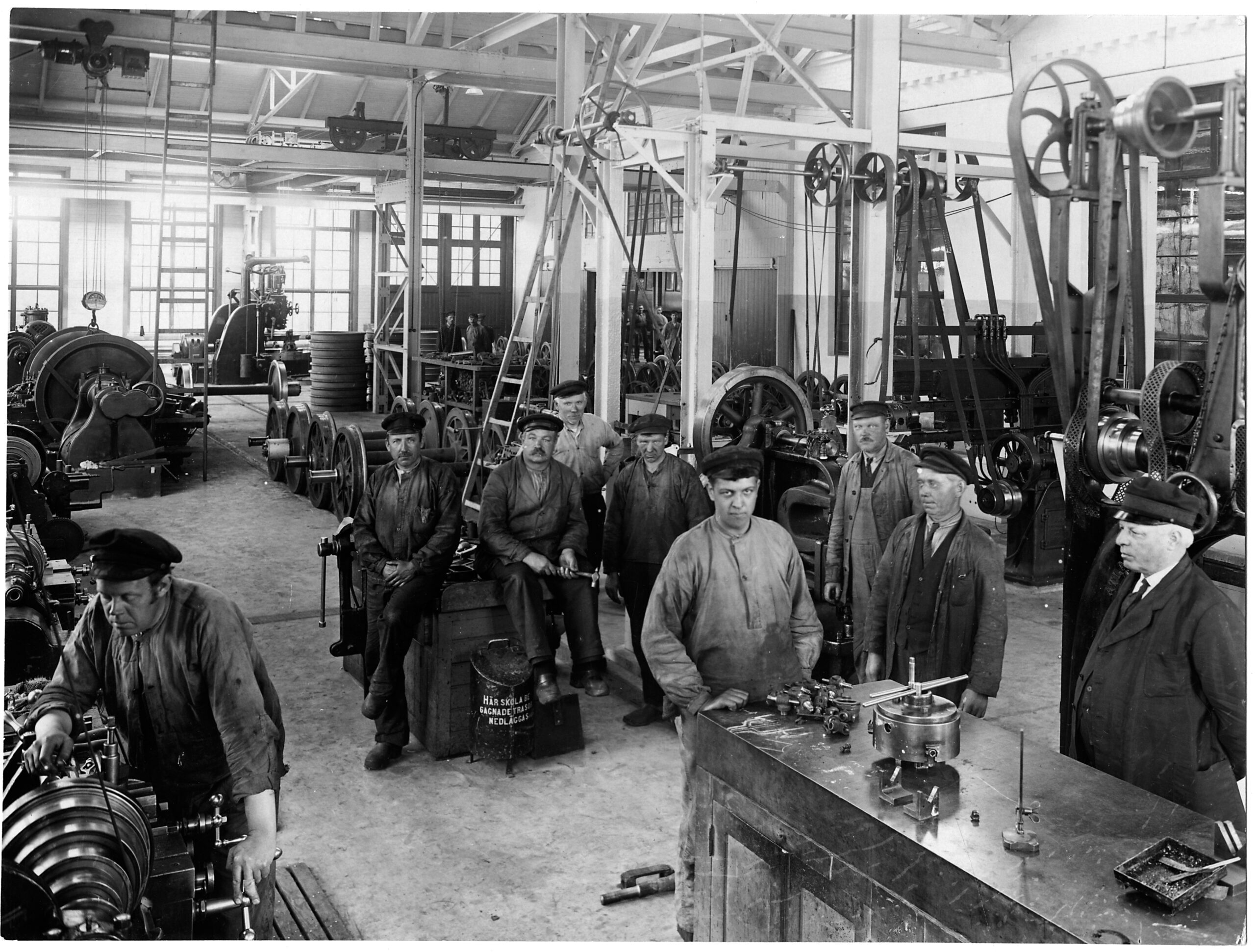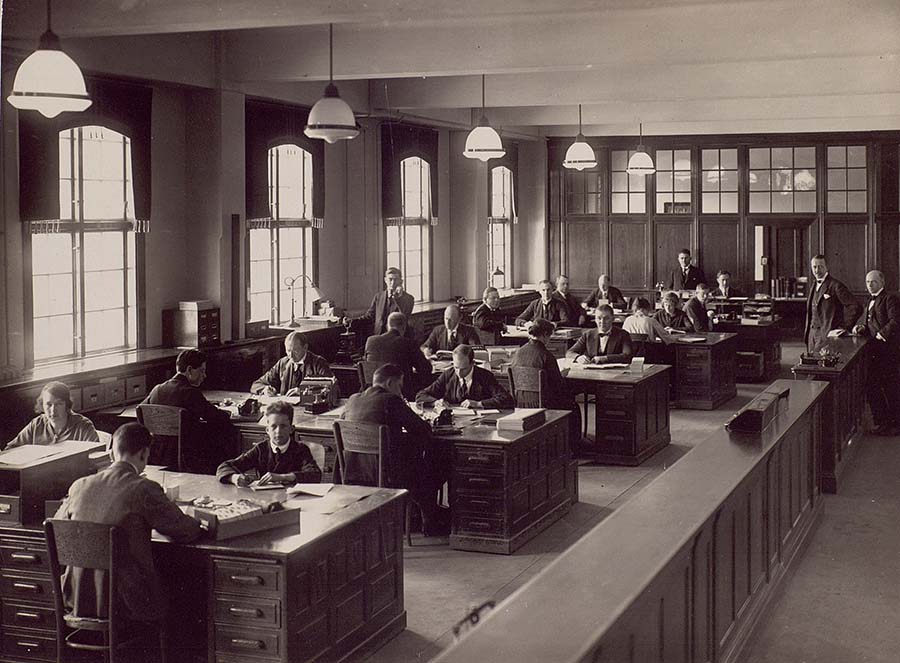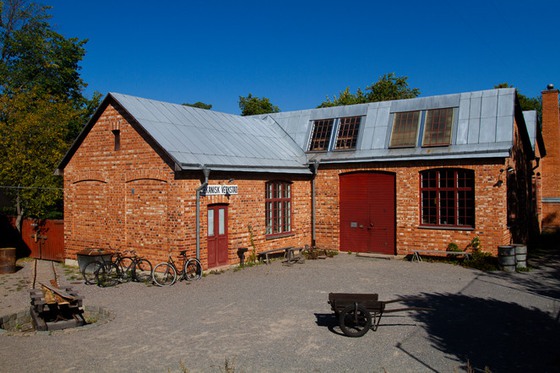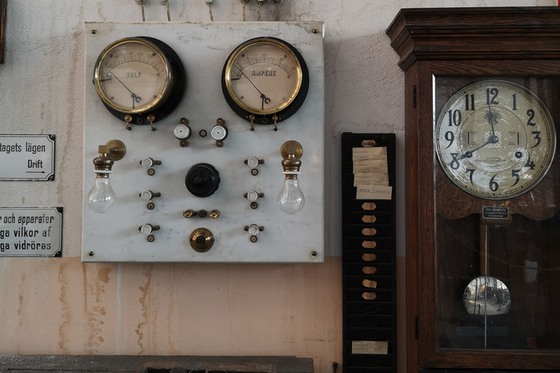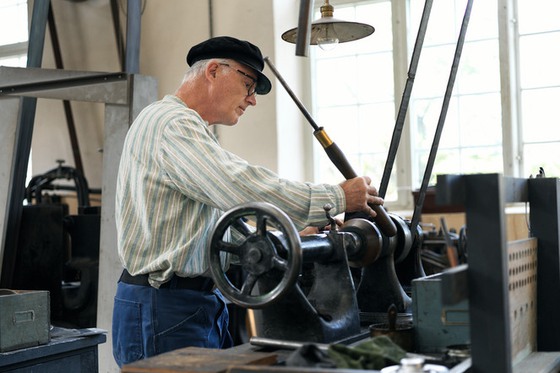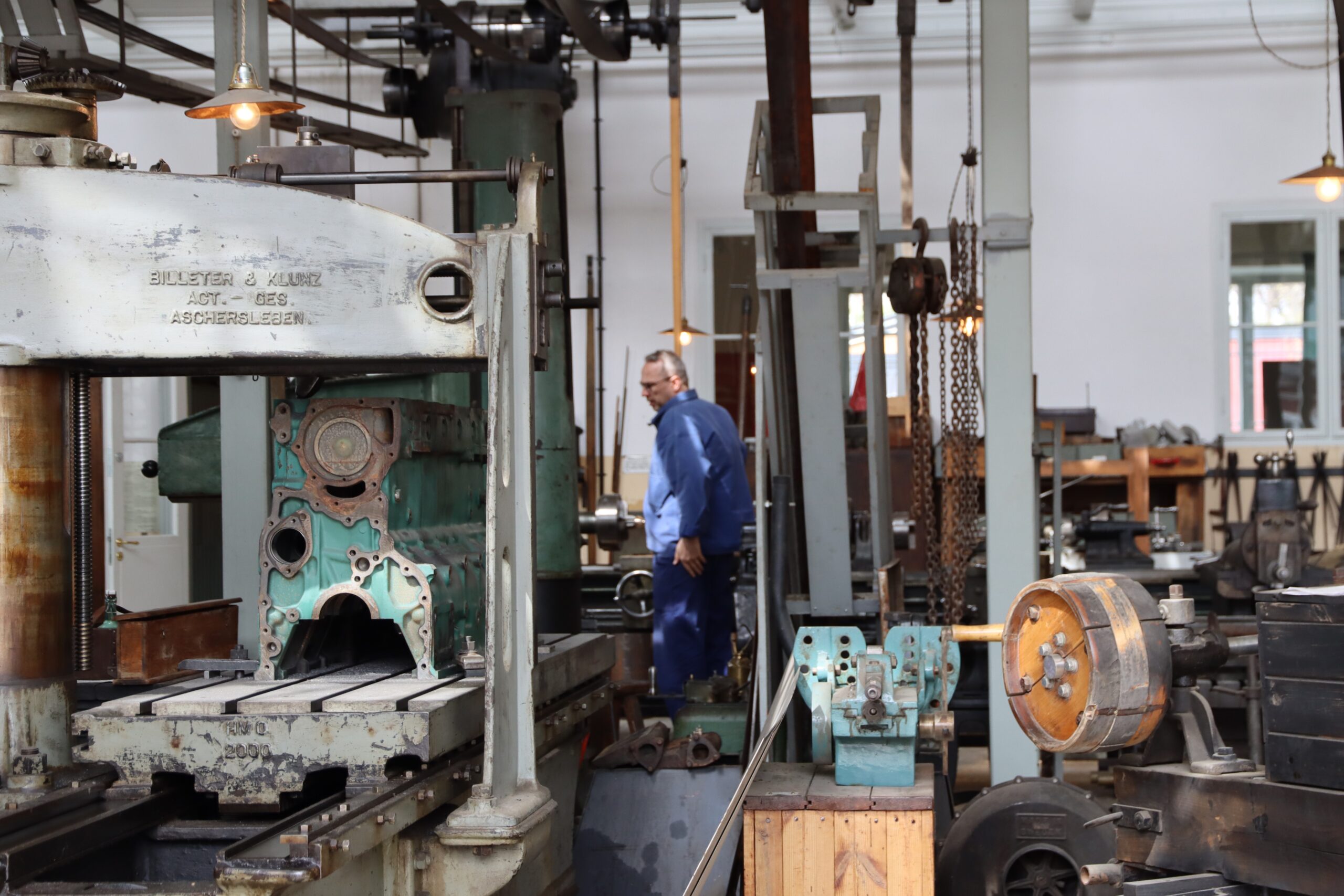
The Engineering Workshop
The Engineering Workshop recreates a workshop from the 1920s. On the ceiling is a tangle of belts that powered the workshop’s machinery using electricity. Come in and find out about the everyday life of a workshop employee, industrial history and the emergence of the Labour movement.
| Day | Time |
|---|---|
| 9 December 2025 | 10.00-15.00 |
| 10 December 2025 | 10.00-15.00 |
| 11 December 2025 | 10.00-15.00 |
| 12 December 2025 | 10.00-15.00 |
| 13 December 2025 | 10.00-16.00 |
| 14 December 2025 | 10.00-16.00 |
| 16 December 2025 | 10.00-15.00 |
| 17 December 2025 | 10.00-15.00 |
| 18 December 2025 | 10.00-15.00 |
| 19 December 2025 | 10.00-15.00 |
| 27 December 2025 | 10.00-16.00 |
| 28 December 2025 | 10.00-16.00 |
| 29 December 2025 | 10.00-16.00 |
| 30 December 2025 | 10.00-16.00 |
| 31 December 2025 | 10.00-16.00 |
| 1 January 2026 | 10.00-16.00 |
| 2 January 2026 | 10.00-16.00 |
| 3 January 2026 | 10.00-16.00 |
| 4 January 2026 | 10.00-16.00 |
| 5 January 2026 | 10.00-16.00 |
| 6 January 2026 | 10.00-16.00 |
Here you will find the Engineering Workshop
